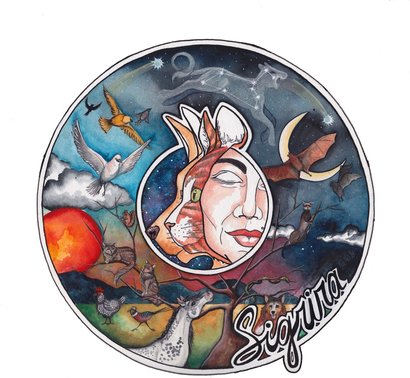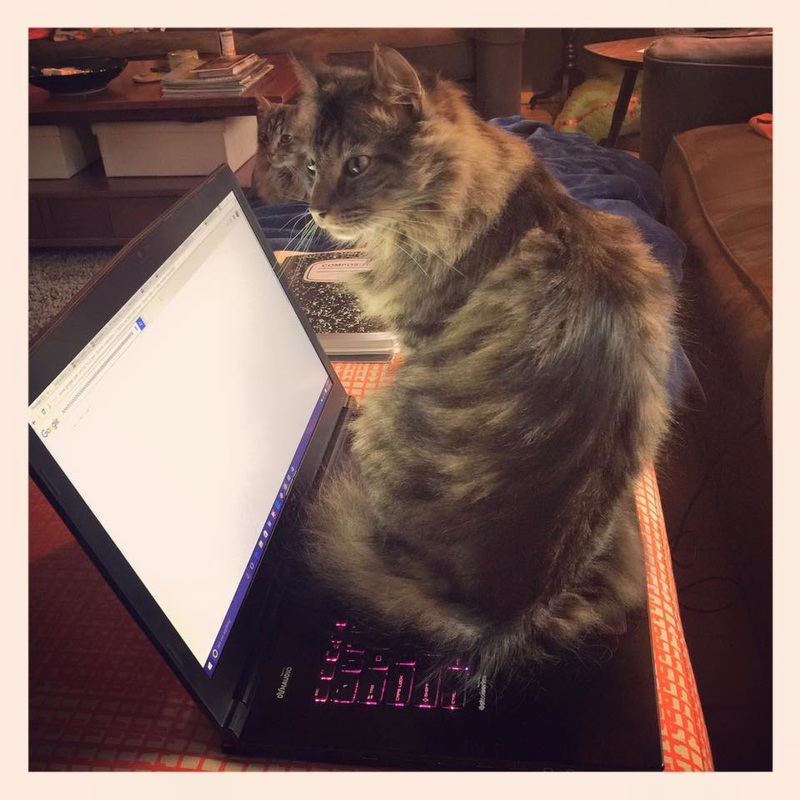|
I will admit I generally do enjoy social media, I am very visually oriented and love the ability to communicate through photos. I also really like keeping up with friends and family I don’t see regularly, due to geographic distance or circumstance. However much fun and relaxing it can be to scroll down my Facebook and Instagram feeds, seeing the first blooms on a friend’s rosebush across the country or watching cute cat videos, it also sometimes feels like a minefield. Feeds are liberally sprinkled with stories and images of what animals endure at the hands of humans. These articles are sometimes accompanied by disturbing images that can haunt me for a long time. Sometimes there are stories with “happy endings” but they still describe what came first. Many are posted by animal welfare and rescue groups that I wholeheartedly support, they are posting in an important effort to raise awareness. Next they are “shared” widely by animal loving people who are outraged or upset by it. And this is not necessarily a bad thing. Awareness is important because when people are deeply affected by something they often follow it up with action which can lead to policies and laws that improve the lives of animals. And many people genuinely are not aware of much of what happens to animals, and don’t think about them as much as we do, so there is the crucial element of education at play too. My perspective in writing this post, as an animal intuitive, which I imagine is shared by many of you who are also sensitive and empathic to what animals feel, is simply considering how to navigate social media in a way that is empowering and uplifting, rather than depleting.
There are two levels to consider. There is the original post and then there are all the comments on the post. For example, recently, posts about the tragic shooting of Harambe were unavoidable if you turned on a computer or tv. The first level would be learning about his tragic death with the basic event facts. This already evokes a number of emotions for those sensitive to animals. The second level is the media storm that followed with absolutely everyone commenting and debating this sad event. When emotions are already high, it can be devastating and isolating to read dismissive comments from people who believe animals are less important than humans. It can even be difficult to read comments from those who do believe animals are equal when they are filled with (understandable) anger and grief. It may be somewhat less upsetting to read about whether this will bring about any positive changes for animals in zoos, because there is the potential hope that something good will result from a tragedy. These are examples of “huge” stories, but then there are the everyday stories of mostly domestic companions, dogs and cats, and those can be even more difficult because of the regularity with which they appear. Even from a peaceful & balanced perspective it is very difficult not to be filled with anger at seeing a story of someone dumping their older cat on the side of the road with his litterbox and belongings. Impossible not to feel pain at imagining how he would feel being “thrown away” at that point in his life where he should be a treasured family member. These (and much worse) are stories that have crossed my feed recently. There were also posts that point to changes moving in the right direction for animals, a bullfighter who broke down and wept when he looked into the bull’s eyes (the bull was refusing to fight) and now he is an activist against bullfighting, a story of a woman who rescued the last lobster in a grocery store, and new bill calling for less animal testing. Fortunately there are also happy stories, photos and videos of animals in loving forever homes where they are family always, documentation of kind people around the world helping animals in a myriad of ways, and of animals rescuing other animals. Part of what I want to address is that as a person who knows in her (or his) heart that animals feel as we do and who considers them very much as equals, it can be very difficult to see social media as an emotionally “safe” place. I often feel like I have to brace myself in case I see an awful photo of animal abuse in between a friend’s vacation photos and a silly list of “18 things I should know if I am a brunette." I have found a few ways to protect myself emotionally while still participating in social media, interacting and remaining aware of what is going on. It is important to take care of our emotions and stay uplifted. From this place of balance and power we can take action to help animals. If we allow ourselves to focus on only the negative we would be too depleted to do anything. It is not the same as pretending that it is not happening, I believe most of us that are sensitive to animals are all too well aware (all the time) of what is indeed happening to them. Below is a list of ideas based on what I have personally found helpful in navigating social media as an animal intuitive. 1. Choose certain times to scroll through, avoid right before bed to allow for a cushion of time to work through & honor your feelings if you do see something upsetting. 2. Subscribe to/follow several pages that post “happy” animal stories. It helps to balance feelings of despair when you see a lot of animals in good situations. This is why I post “Sweetness for your Thursday” on my FB page every week sharing a happy or adorable animal story. 3.Curate your “feed” as much as possible, if you have a well-meaning friend who constantly posts stories that are too traumatic for you to view regularly, you can “unfollow” them. 4. When you are planning to “like” a page, scroll down and see what type of content they post. Is it something you are comfortable seeing at all times of the day? Would it be better to simply check out their page or website from time to time for updates? Find pages that suggest and encourage “action” such as writing to your elected officials and signing petitions and things you can do in your own community & neighborhood to help animals & our environment. 5.Many of us don’t watch the regular nightly news on tv because it is basically a spoonful of negativity, but social media can be like that too, it is worth considering where you want to spend your time and how productive/uplifting it is for you. 6. “Hide” posts with traumatic photos- this way they won’t show up every single time you check. 7. Avoid engaging with “trolls.” It is not worth your valuable time. 8. You are not obligated to look at someone’s posts. If you have a family member who hunts, for example, you can unfollow them. 9. You can “hide” ads that bother you for any reason. If you click on them and mark that they are offensive, FB will substitute these with different ads. 10. Create visually “happy” places online, such as a Pinterest board of only companion animals in loving situations/homes. 11. A lot of solutions that apply in “real life” also apply online, such as choosing who you interact with and surrounding yourself with like minded individuals who support and uplift you and who understand your connection with animals and celebrate it. 12. Even once you have it all perfectly curated, it is still worth spending (at least) some time with your phone turned off, connecting fully with nature and with your companion animals instead. |
Archives
January 2021
|
|
|
©2013-2025 Sigrira, LLC,


 RSS Feed
RSS Feed